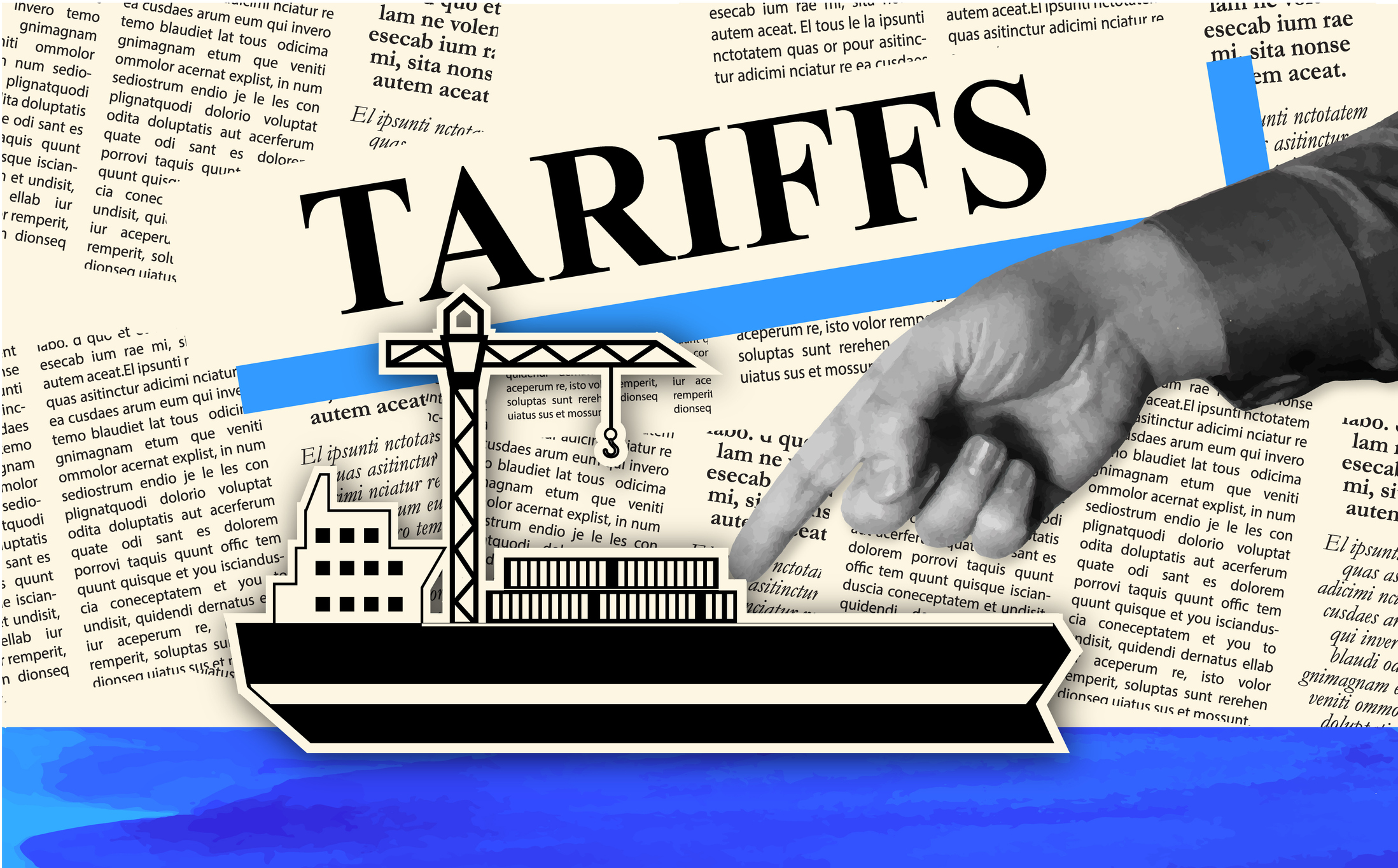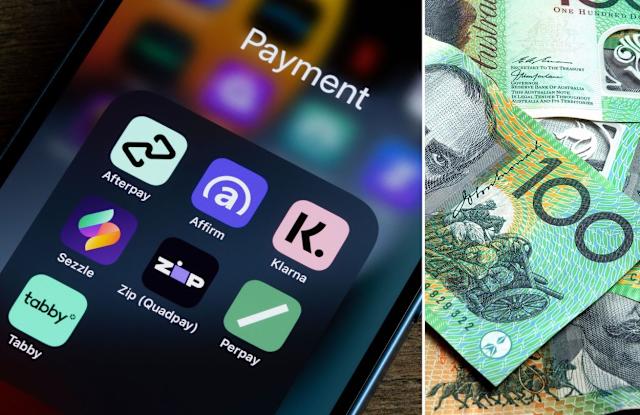Did you know trade is being reimagined in the 21st century with echoes of the past? Welcome to our continuing series on China’s Belt and Road Initiative (BRI). Today, we dive into how this grand vision is reshaping the flow of goods, services, and power across the globe through what many are calling the New Silk Road. Explore how China’s Belt and Road Initiative is reshaping global trade through a modern Silk Road of ports, railways, and digital infrastructure.
China’s BRI is not just a map of ports, railways, and digital highways. It’s a blueprint for trade influence, one that traces its roots back to the ancient Silk Road but now incorporates 5G, green energy corridors, and artificial intelligence. With over $1 trillion already invested and more than 140 countries signed on, the BRI is changing not just where goods move — but how, why, and who controls the flow.
In this article, we’ll walk you through the key trade routes China is developing, how they compare to traditional maritime lanes, and why this matters for global supply chains. We’ll end with reflections from global strategy expert Mattias Knutsson on the procurement and development implications.
Reviving the Ancient China’s Silk Road
The ancient Silk Road was a network of trade paths linking China to Europe, passing through Central Asia, the Middle East, and beyond. It carried not only silk, but also spices, knowledge, and diplomacy. The modern equivalent aims to achieve something similar but on a scale unimaginable before:
- Land Corridors: Like the China-Europe Railway Express, which can transport goods from Chongqing to Duisburg, Germany in just 16-18 days.
- Maritime Corridors: Like the China-Indian Ocean-Africa-Mediterranean Sea Blue Economic Passage.
- Digital Corridors: Undersea cables, data centers, and 5G infrastructure to support e-commerce and smart logistics.
Trade Routes That Are Shifting the Balance
1. China-Europe Land Bridge
More than 10,000 freight trains traveled between China and Europe in 2023, carrying electronics, textiles, and even fresh produce. The rail route is:
- 30-40% cheaper than air
- 50% faster than sea
Key terminals include:
- Xi’an in China
- Duisburg in Germany
- Malaszewicze in Poland
This route reduces China’s reliance on the South China Sea and the Strait of Malacca.
2. China-Pakistan Economic Corridor (CPEC)
By linking China’s Xinjiang region to Pakistan’s Gwadar Port, the route bypasses maritime chokepoints and shortens delivery times. It includes:
- Highways
- Pipelines
- Energy projects
Gwadar is just 600 km from the Strait of Hormuz, a key oil transit chokepoint.
3. Southeast Asia Economic Ring
Via projects in Laos, Thailand, Vietnam, and Malaysia, China is integrating ASEAN economies through rail, ports, and special economic zones (SEZs).
The China-Laos Railway, launched in 2021, already sees millions of tons of goods flowing and is expected to boost Laos’ GDP by over 2 percentage points.
4. Digital Silk Road
This includes investments in:
- Huawei 5G infrastructure
- Alibaba Cloud logistics
- E-commerce payment systems (e.g., Alipay in Africa)
Digital trade under the BRI is expected to reach $1.3 trillion by 2030, according to McKinsey.
Real Impact on Global Trade
The New Silk Road is not just a vision. It is actively changing patterns of:
- Shipping volumes: Rail freight between China and Europe increased over 20x in a decade.
- Logistics costs: More competition leads to better pricing and faster options.
- Investment flows: Infrastructure funding from China has outpaced that of the World Bank in many BRI countries.
- Manufacturing hubs: Countries like Vietnam and Ethiopia are seeing a boom due to BRI-driven infrastructure upgrades.
According to a 2023 World Bank report:
- BRI transport projects could cut travel time by up to 12% for trade routes.
- They could add 4.1% to GDP growth in participating low-income countries by 2030.
China’s Silk Road Challenges Along the Way
Despite the gains, the New Silk Road has hit some bumps:
- Debt distress: About 60% of low-income BRI countries are at risk of debt crisis.
- Sovereignty disputes: Projects like in Sri Lanka (Hambantota Port) and Djibouti raise flags.
- Environmental concerns: Critics say large-scale construction disrupts ecosystems.
- Western pushback: The EU, U.S., and G7 are proposing alternative funding options.
Yet China continues to recalibrate. New BRI guidelines promote green infrastructure, public-private partnerships, and open bidding processes.
Future Outlook: Multipolar Trade
We are moving toward a multipolar trade world, where goods don’t just travel via the Suez Canal or Panama Canal. Now, inland Eurasia, Sub-Saharan Africa, and Central Asia are becoming trade hubs.
The BRI is enabling:
- New manufacturing zones in previously disconnected regions
- Faster cross-border logistics with unified customs systems
- More resilient supply chains, bypassing geopolitical flashpoints
In short, the New Silk Road is no longer just a Chinese project. It’s a shared global logistics ecosystem in the making.
Conclusion:
Trade is not just about money. It’s about relationships, trust, and long-term influence. The Belt and Road’s modern Silk Road is creating a new center of gravity in global commerce.
Whether you see it as an economic miracle or a geopolitical maneuver, the scale and ambition of this trade overhaul are undeniable. And we’re still just in the middle of the road.
Mattias Knutsson, a strategic leader in global procurement and business development, sees the New Silk Road as a pivotal moment for international business.
“We’re witnessing the reinvention of trade architecture. Procurement leaders need to map not only where their products come from, but where the power behind those supply routes is shifting.”
Knutsson encourages business leaders to take the BRI seriously, not just as a China-led vision, but as a new global reality that demands agility, foresight, and strategic alignment.





